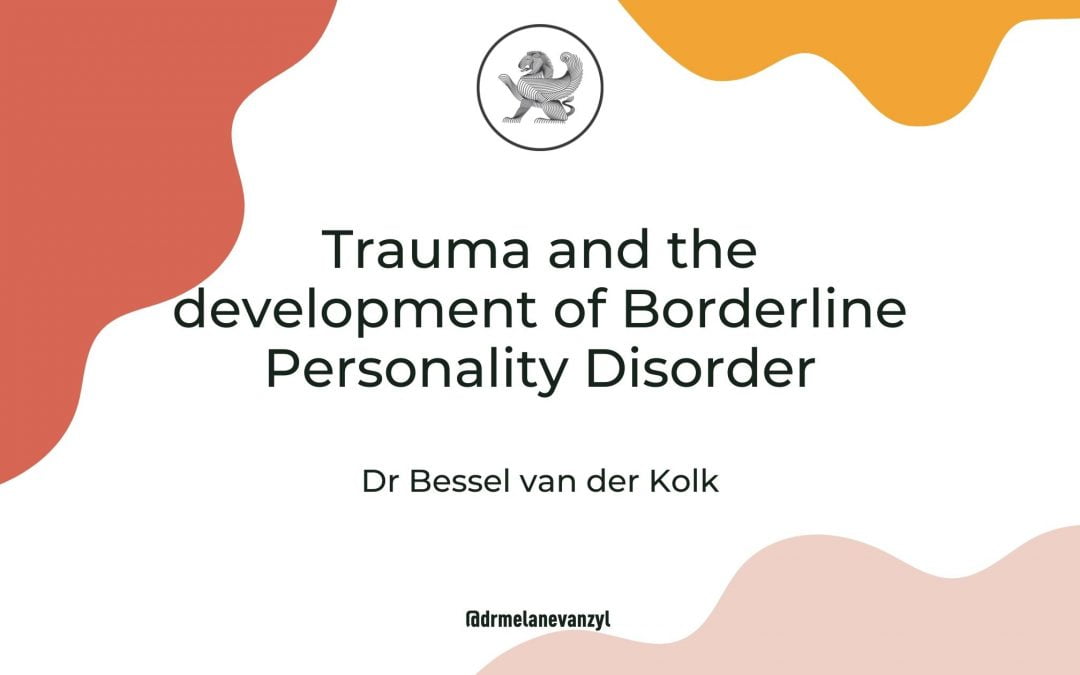B A van der Kolk 1, A Hostetler, N Herron, R E Fisler
Affiliations expand
• PMID: 7533284
Abstract
Prolonged and severe trauma, particularly trauma that occurs early in the life cycle, tends to result in a chronic inability to modulate emotions. When this occurs, people can mobilize a range of behaviors that are best understood as attempts at self-soothing. Some of these attempts include clinging and indiscriminate relationships with others in which old traumas are re-enacted over time, as well as more self-directed behaviors such as self-mutilation, eating disorders, and substance abuse. Usually, these behaviors will coexist. Patients with complicated trauma histories often repetitively attempt suicide or engage in chronic self-destructive behavior, and need to address issues of childhood trauma, neglect, and abandonment, both in the past and as re-experienced in current relationships. When treating these patients, therapists must anticipate that painful affects related to interpersonal safety, anger, and emotional needs may give rise to dissociative episodes, which may, in turn, be accompanied by increased self-destructive behavior. The therapy must clarify how current stresses are experienced as a return of past traumas and how small disruptions in present relationships are seen as a repetition of prior abandonment. As part of this, it is essential that the therapist provide validation and support, and avoid participating in a re-enactment of the trauma. Fear needs to be tamed in order for people to be able to think and be conscious of current needs. This bodily response of fear can be mitigated by safety of attachments, security of meaning schemes, and by a body whose reactions to environmental stress can be predicted and controlled. One of the great mysteries of the processing of traumatic experience is that as long as the trauma is experienced as speechless terror, the body continues to keep score and react to conditioned stimuli as a return of the trauma. When the mind is able to create symbolic representations of these past experiences, however, there often seems to be a taming of terror, a desomatization of experience. As Ducey and van der Kolk found in the Rorschachs of Vietnam veterans, patients were unresponsive to outside influences (good or bad) as long as they remained in a state of psychic numbing. Faced with intrusions of past trauma in their current emotional life, patients’ initial sense of being overwhelmed was mastered only when a link between past trauma and current perceptions became understood.(ABSTRACT TRUNCATED AT 400 WORDS)
Similar articles
• The compulsion to repeat the trauma. Re-enactment, revictimization, and masochism.
van der Kolk BA.Psychiatr Clin North Am. 1989 Jun;12(2):389-411.PMID: 2664732 Review.
• Childhood abuse and neglect and loss of self-regulation.
van der Kolk BA, Fisler RE.Bull Menninger Clin. 1994 Spring;58(2):145-68.PMID: 7519094 Review.
• [Psychology and psychobiology of childhood trauma].
van der Kolk BA.Prax Kinderpsychol Kinderpsychiatr. 1998 Jan;47(1):19-35.PMID: 9522593 Review. German.
• Biology of memory and childhood trauma.
Burgess AW, Hartman CR, Clements PT Jr.J Psychosoc Nurs Ment Health Serv. 1995 Mar;33(3):16-26.PMID: 7783031
• [Childhood trauma in the etiology of borderline personality disorder].
Kuritárné IS.Psychiatr Hung. 2005;20(4):256-70.PMID: 16462003 Review. Hungarian.

